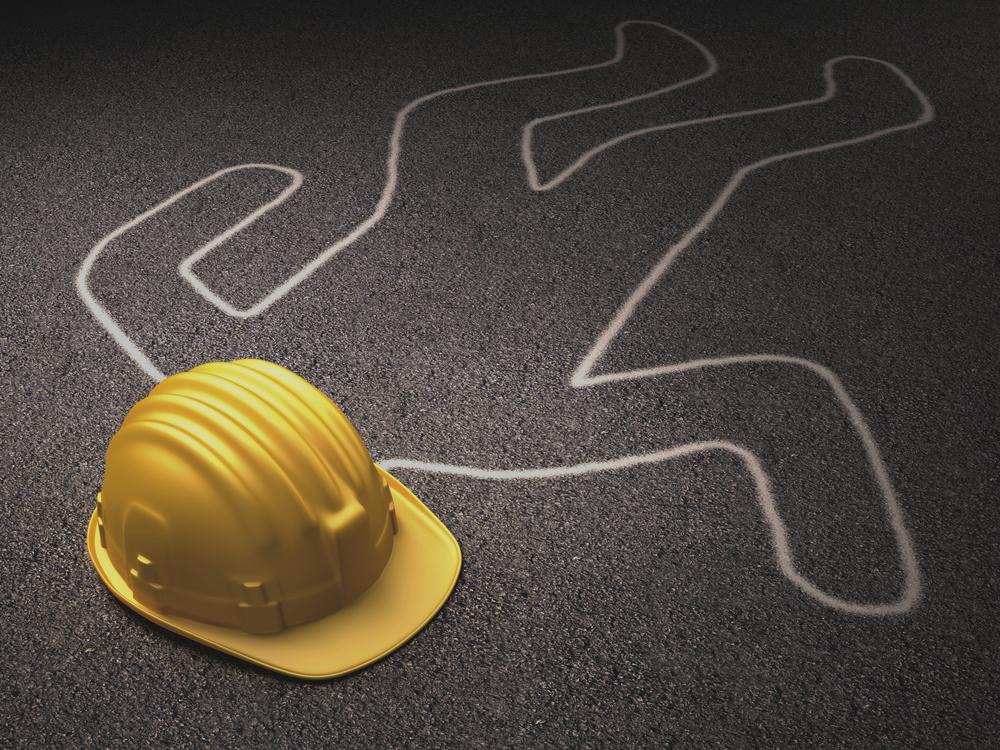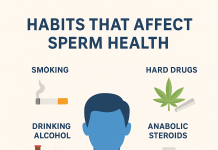Almost everyday accidents happen. These accidents happen anytime and anywhere without notifying the individual. The workplace is an area which is very prone to accidents. An employee or employer could get cut by a sharp object or sprain an ankle. It is important to know when to call in an emergency. While waiting for help to arrive, you may be able to save a life. Knowing the basics of first aid could mean the difference between life and death.

Sprains, Strains and Tears
When these kinds of injuries occur, the first thing to do is immobilize the affected area, elevate it, and apply ice and compression to reduce swelling. Strains are accompanied by severe pain, swelling or discoloration and may require a trip to the hospital. For milder cases, anti-inflammatories and good rest also aid in healing the affected area within few days.
Soreness and Pain
If a colleague complains of soreness or pain, it is necessary to first identify the cause before seeking treatment. Soreness can be caused by poor posture, poor ergonomics, or repetitive motions during the course of the day.
Bruises and Contusions
Bruises and contusions usually occur as a result of impact with a moving or stationary object. The site of injury is often swollen and takes on a discoloration known as ecchymosis. Over-the-counter pain killers may be required if pain not tolerable. Lukewarm water can also be placed in a small plastic bottle and rolled over the affected area to hasten the re-absorption of blood. Warm water therapy can be done periodically until the pain and discoloration have gone away.
Cuts, Punctures and Lacerations
These kinds of injuries can be more serious as they usually result to bleeding. The first thing to be done for these injuries is to stop the bleeding. If bleeding is not profuse, the injury should be washed with water and soap; antiseptic solution can also be applied. The wound should be covered with sterilized gauze held in place by adhesive tape.
Fractures
Fractures are not often seen in workplaces but are also very serious. They are as a result of falls or other impact. When this happens, the affected part should be immobilized and unnecessary manipulation of the affected area should be avoided. If not immobilized, the fracture could sever a blood vessel or a nerve, thus resulting in a much more serious injury. After immobilizing, the individual should be taken to the nearest hospital.
Burns
The immediate action for mild to moderate burns is to run the affected area under cool water for 15 minutes before covering with clean gauze to prevent infection. The application of ice should be avoided. In cases of severe burns, the burned area can be elevated and covered with a clean, moist, sterile bandage and then the individual rushed to the nearest hospital.
Amputations
This can occur among workers who operate heavy machineries. An amputation is a very serious injury, the most serious consequence of which (at least in the short term) is bleeding. The basic first aid is to ensure that the individual stops bleeding by applying pressure to the affected area. A tourniquet may be used when this is seeming difficult. An immediate call for medical help is highly required.
Chemical Burns
Chemical burns occur when a chemical such as sulfuric acid is accidentally poured on the skin. The first medical step is to remove the chemical from the skin by flushing it with water. If the chemical is in a powdered form, brushing the chemical off and removing affected clothing would be required. Apply a damp, cool compress to relieve pain and cover with a clean sheet to avoid infection. In cases where the individual is showing any bodily reaction, emergency help should be called for.









